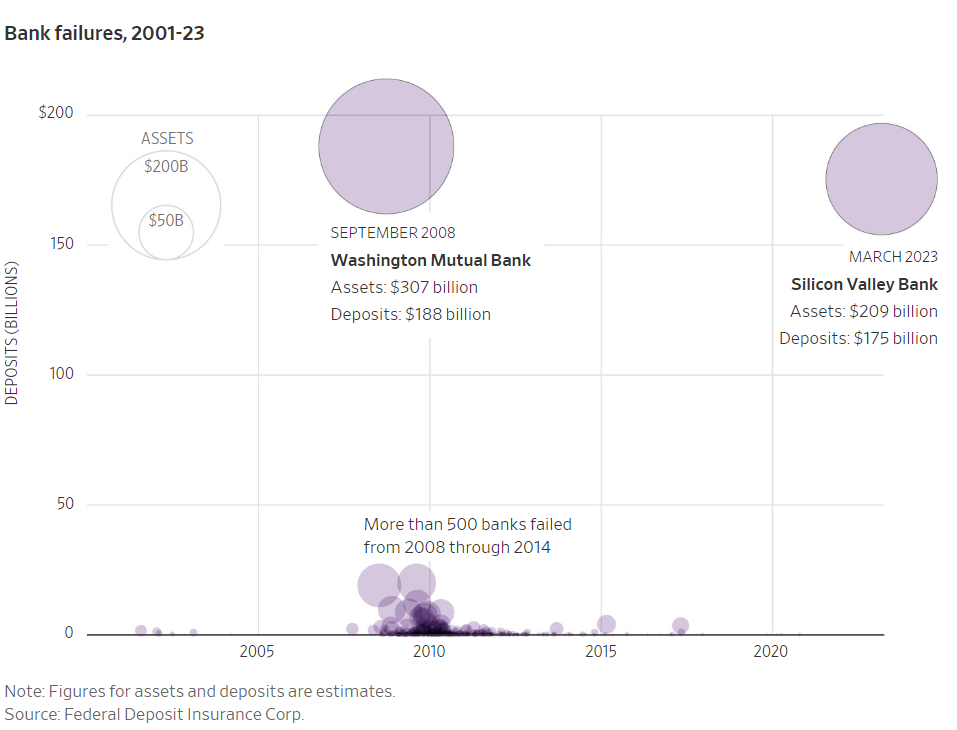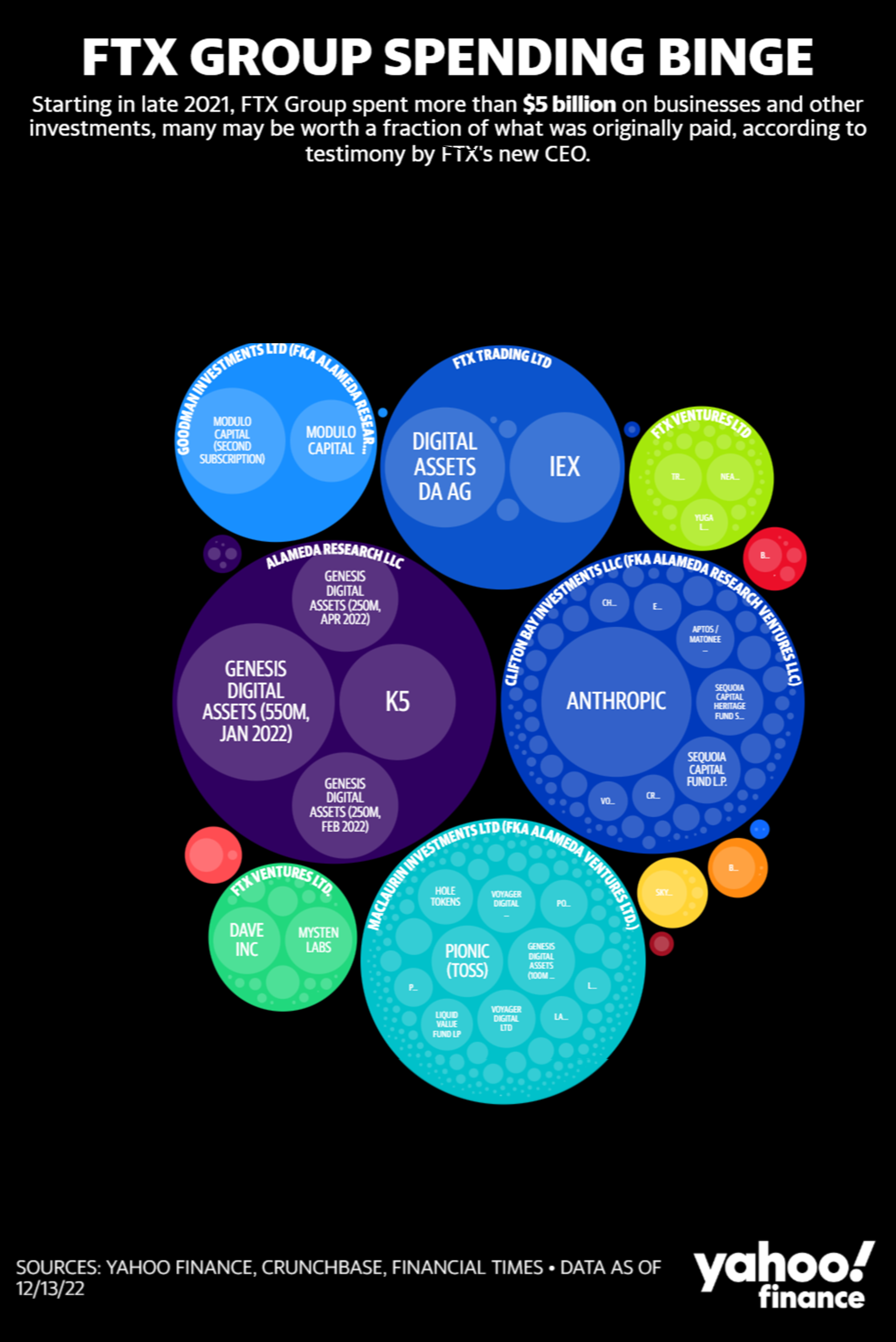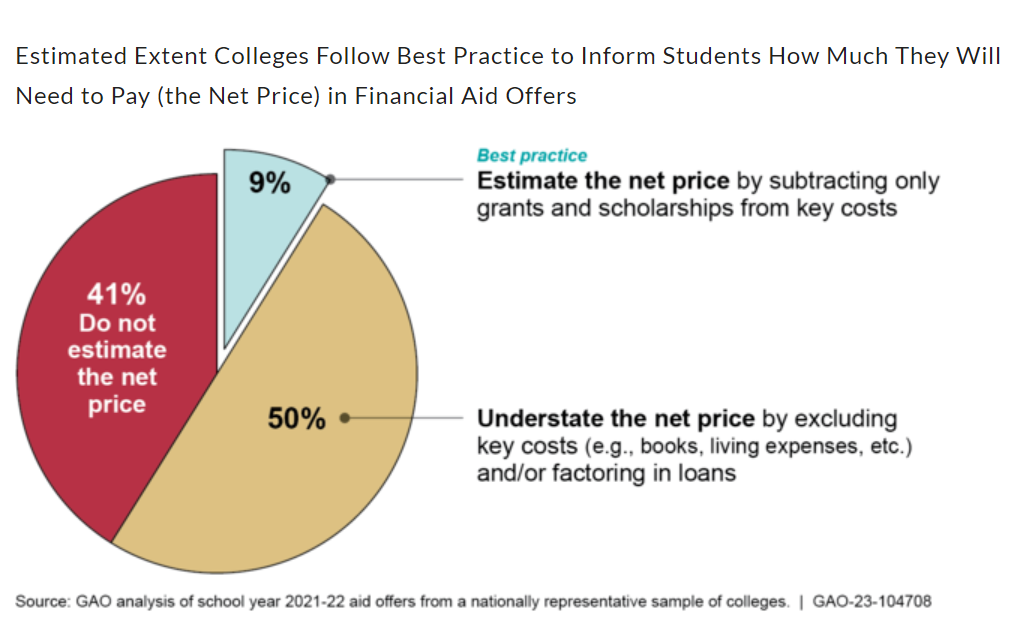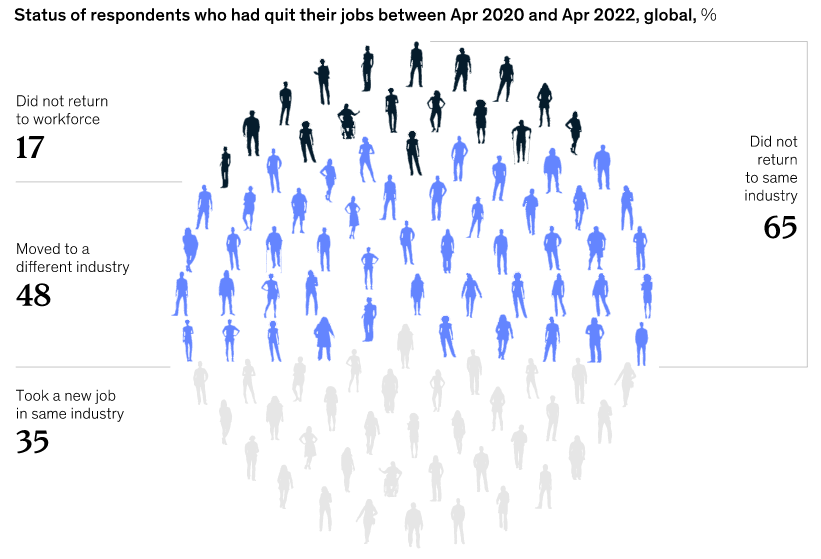The news of Columbia University’s tumble in college rankings from 2 to 18 offers business communication lessons for reporting data—and for persuasive arguments. In February 2022, Professor of Mathematics Michael Thaddeus identified discrepancies in how the Columbia reported data for U.S. News’s annual list. His analysis resulted in a persuasive argument with the following main points summarized in the introduction:
In sections 2 through 5, we examine some of the numerical data on students and faculty reported by Columbia to U.S. News—undergraduate class size, percentage of faculty with terminal degrees, percentage of faculty who are full-time, and student-faculty ratio—and compare them with figures computed by other means, drawing on information made public by Columbia elsewhere. In each case, we find discrepancies, sometimes quite large, and always in Columbia’s favor, between the two sets of figures.
In section 6, we consider the financial data underpinning the U.S. News Financial Resources subscore. It is largely based on instructional expenditures, but, as we show, Columbia’s stated instructional expenditures are implausibly large and include a substantial portion of the $1.2 billion that its medical center spends annually on patient care.
Finally, in section 7, we turn to graduation rates and the other “outcome measures” which account for more than one-third of the overall U.S. News ranking. We show that Columbia’s performance on some, perhaps even most, of these measures would plunge if its many transfer students were included.
New reports about Columbia’s fall credit Thaddeus’s analysis. The argument serves as an excellent example for our students, who might also explore their own views about the college rankings. In addition to data integrity, Thaddeus questions the value of these rankings and the influence they have on students’ college choice.
Students can also analyze the university’s response. In a statement posted on September 9, Provost Mary Boyce admitted, “we had previously relied on outdated and/or incorrect methodologies.” She also expressed “regret”:
The Columbia undergraduate experience is and always has been centered around small classes taught by highly accomplished faculty. That fact is unchanged. But anything less than complete accuracy in the data that we report—regardless of the size or the reason—is inconsistent with the standards of excellence to which Columbia holds itself. We deeply regret the deficiencies in our prior reporting and are committed to doing better.
The statement is more about future plans, for example, participating in the Common Data Set initiative, than about acknowledging wrongdoing. A fuller apology, including the impact of the inaccuracies and posted earlier than just days before rankings were published, would have demonstrated more humility and integrity.


























